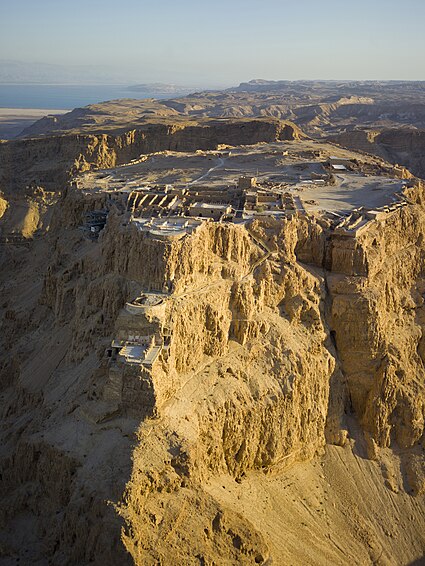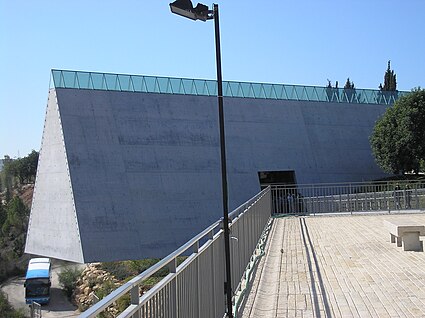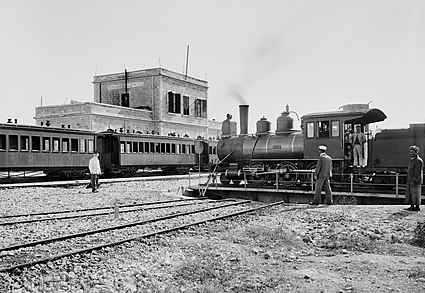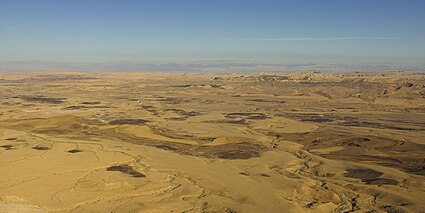Portal:Israel/Selected picture
| This page is currently inactive and is retained for historical reference. Either the page is no longer relevant or consensus on its purpose has become unclear. To revive discussion, seek broader input via a forum such as the village pump. |
Selected pictures list
Selected picture 1
Portal:Israel/Selected picture/1

A view of Jerusalem in the early 20th century. The earliest verified reference to the city is in the Amarna letters, which date to the 14th century BCE. Over its long history, it has been controlled by Israelites, Judaeans, Babylonians, Persians, Greeks, Hasmoneans, Romans, Byzantines, Arabs, Mamluks, Turks, and the British before being split between Israel and Jordan. Israel captured East Jerusalem in the Six-Day War of 1967, and the city remains a core issue in the Israeli–Palestinian conflict.
Selected picture 2
Portal:Israel/Selected picture/2

The Shephelah (Hebrew: הַשְּפֵלָה, "lowland"; also שפלת יהודה, Shephelat Yehuda, "Judean lowland") is a designation usually applied to the region in south-central Israel of 10-15 km of low hills between the central Mount Hebron and the coastal plains of Philistia within the area of the Judea, at an altitude of 120-450 metres above sea level. The area is fertile, and a temperate Mediterranean climate prevails there. Shephelah was one of the regions allotted to the biblical Tribe of Judah.
Selected picture 3
Portal:Israel/Selected picture/3

Selected picture 4
Portal:Israel/Selected picture/4

Yad Vashem (Hebrew: יד ושם; "Holocaust Martyrs' and Heroes' Remembrance Authority") is Israel's official memorial to the victims of the Holocaust established in Jerusalem in 1953 through the Memorial Law passed by the Knesset, Israel's parliament. The new Holocaust History Museum (shown above) was built as a prism-like triangular structure. It is 180 meters long, with stark walls made from reinforced concrete. The museum covers an area of more than 4,000 square meters and is mostly situated below ground level.
Selected picture 5
Portal:Israel/Selected picture/5

Selected picture 6
Portal:Israel/Selected picture/6

The Jerusalem Railway Station c. 1900. The locomotive on the turntable is "Ramleh" (J&J No. 3), a Baldwin 2-6-0. The station was the terminus of the Jaffa–Jerusalem railway until its closure in 1998. Today, the station is abandoned and suffering from neglect and vandalism, although it is one of 110 buildings selected for preservation in Jerusalem.
Selected picture 7
Selected picture 8
Portal:Israel/Selected picture/8

Usage
The layout design for these subpages is at Portal:Israel/Selected picture/Layout.
- Add a new Selected picture to the next available subpage.
- Update "max=" to new total for its {{Random portal component}} on the main page.

